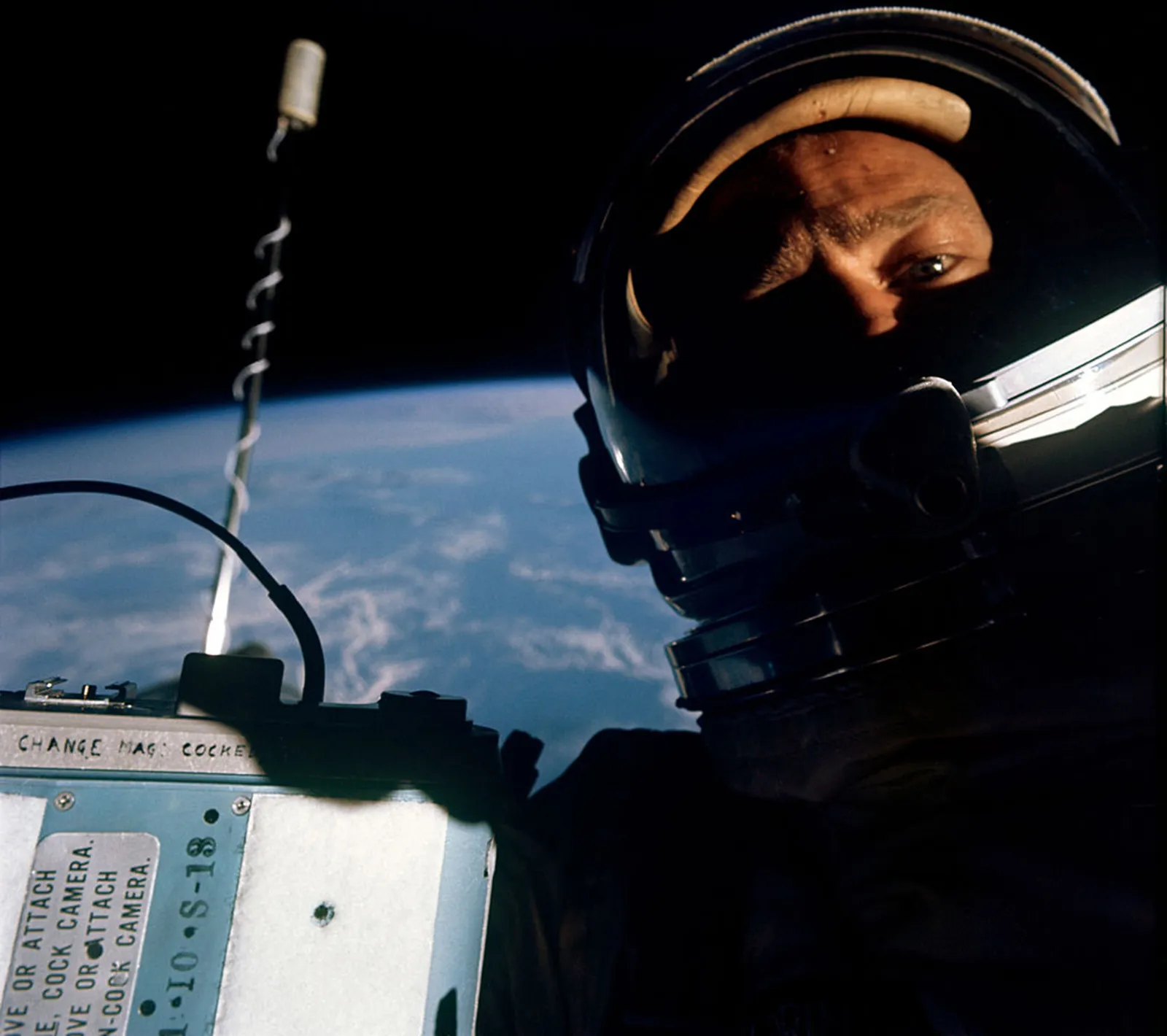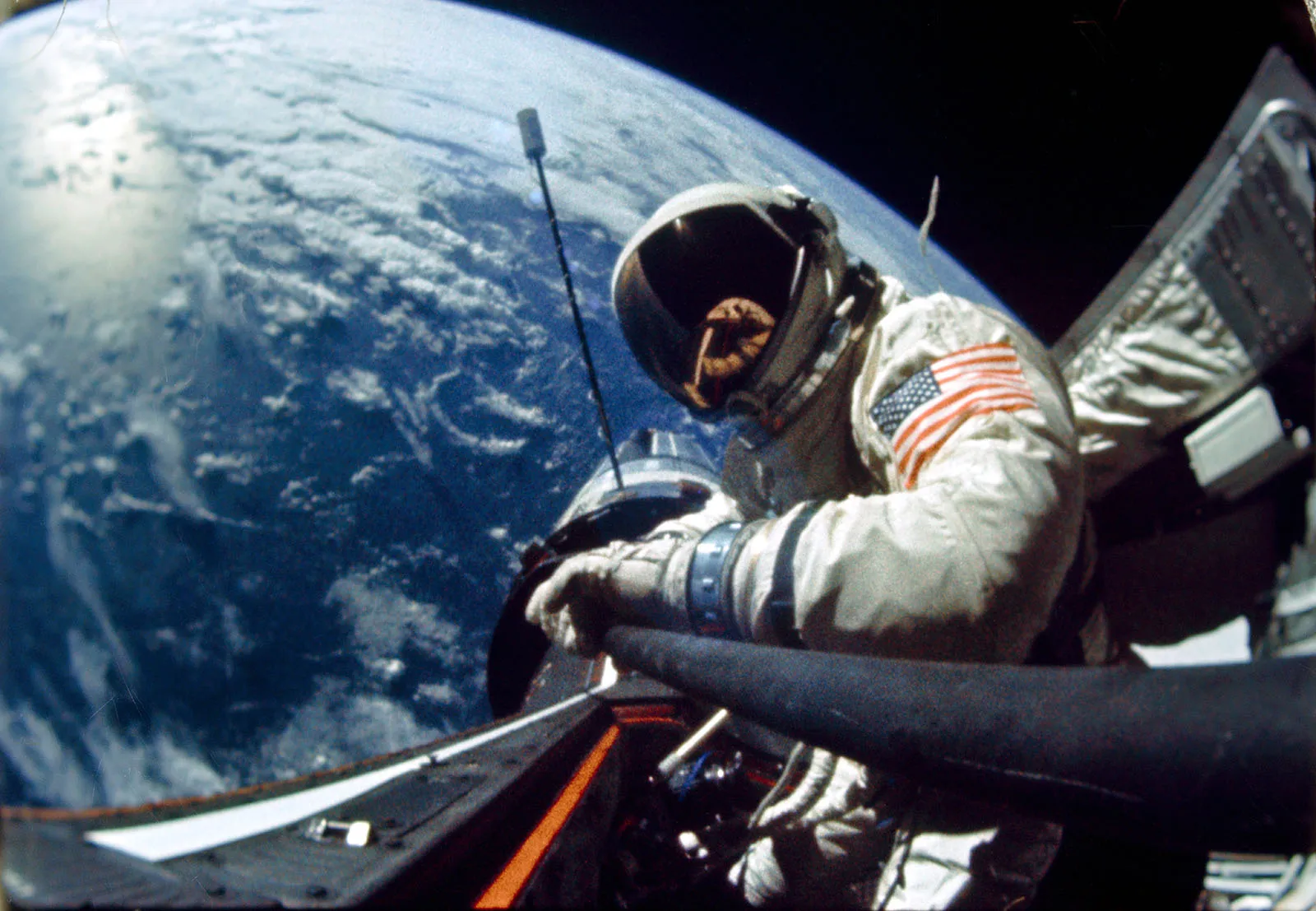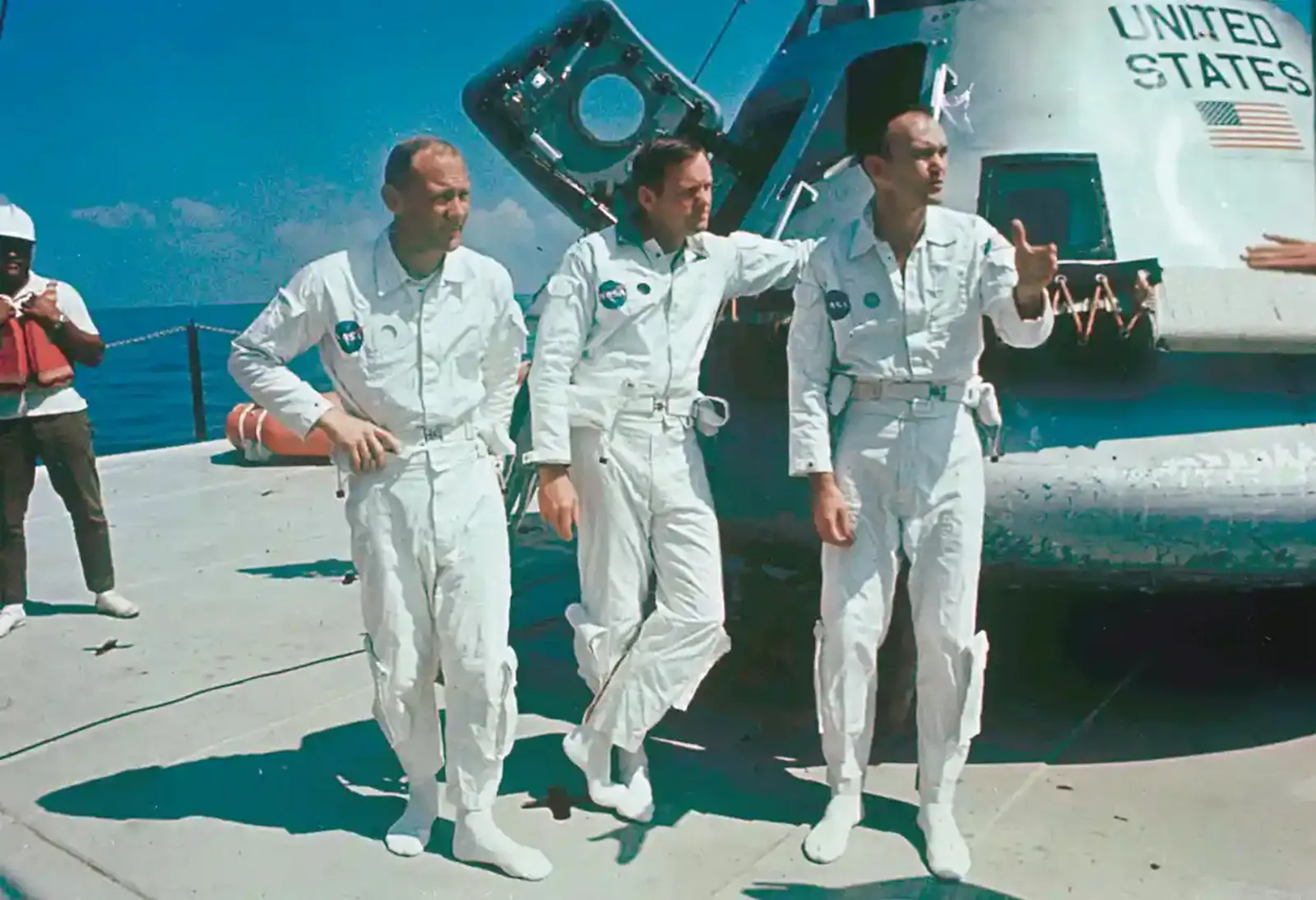The Inspirational Footsteps of True Superhero Buzz Aldrin
As one of the participants in arguably the most remarkable achievement in human history, Buzz Aldrin should need little introduction but the great man’s life has been filled with tragedy, drama, and redemption that had little to do with the Apollo 11 mission. As NASA prepares to return to the Moon after more than half a century to follow in those famous footsteps, this True Superhero’s role in humanity’s history of space flight is more relevant than ever.

The younger buzzer
Buzz was born Edwin Aldrin Jr. in 1930; his father, Edwin Aldrin Sr., was a WW1 veteran who completed a degree in aeronautical engineering immediately after the war and went on to become an early USAF test pilot. During the war, Edwin Sr. met his future wife who, in a remarkable example of nominative determinism, was called Marion Moon. They married in 1924 and had three children, with two daughters - Madeleine and Fay Ann - arriving before Edwin Jr. It was Fay Ann who gave Edwin Jr. his new name; she was unable to pronounce brother and would refer to him as her buzzer.The name stuck.
"The brand new social experience where you activate your gaming skills as you train like a spy."
- TimeOut
Take on thrilling, high-energy espionage challenges across different game zones.

Edwin Sr. was a formidable man who knew what he wanted for his son, but Buzz often disagreed. Edwin wanted Buzz to join the Navy and enrolled him in a preparatory school near to the United States Naval Academy in Annapolis but Buzz - who suffered from seasickness - was far more interested in following his father into aviation. He successfully had his nomination switched to West Point before eventually joining the Air Force. This prompted Edwin Sr. to offer further advice, telling his son to specialize in bombers as leading a bomber crew would provide him with valuable leadership experience that would serve him well in civilian life. Buzz promptly trained as a fighter pilot, a decision that gave him valuable experience of High-G flight that would ultimately lead him on a path to the Moon’s surface.
The spacewalk innovator
In December 1952, Aldrin saw active service in the Korean War after being assigned to the USAF’s 16th Fighter Interceptor Squadron at Suwon Air Base, where he flew 66 missions and downed two MiG-15 aircraft. At the end of his tour a year later, he was awarded two Distinguished Flying Crosses and three Air Medals for his service. By this stage, the war had ended and, after several peacetime years stationed in West Germany, Buzz returned to education and earned a doctorate in astronautics before applying for selection in NASA’s Astronaut Group 2 in 1962. He was turned down because - unlike his illustrious father - he was not a test pilot but NASA broadened the criteria to include experienced jet pilots when recruiting Astronaut Group 3 the following year. This time Buzz was one of the 14 lucky applicants, undertaking his first mission in 1966 as part of the Gemini 12 crew.

Gemini 12’s main objectives were to practice docking with an uncrewed vehicle - the Agena target vehicle - that had been launched into space an hour prior to the Gemini craft, and also to try to improve on previous attempts to perform tasks outside the vehicle, in EVA - Extravehicular Activity, more commonly known as spacewalking. Aldrin played a major part in both of these tasks; with a doctorate in astronautics and a specialty in flight plans and trajectory management, he was known by his crewmates as ‘Dr. Rendezvous’ and when Gemini’s automated systems failed he was able to calculate the trajectories needed to complete the docking manually, using a sextant. His superiors were even more impressed by his extravehicular exploits, which broke all existing records. Previous spacewalkers had complained of severe fatigue which greatly limited their operational time, but Aldrin had recommended a number of changes (including underwater training and regular rest periods) which allowed him to complete three EVAs totalling five and a half hours, during which he was able to perform basic maintenance tasks - another first. These innovations led to a massive improvement in the efficacy and safety of future missions and Buzz’s bravery and skill in advancing spacewalking techniques had an enormous impact on the success of future flights.
Coming back to Earth
On his return Aldrin was assigned to the Apollo programs, and while it would be redundant to go into detail about the well-documented events of the Apollo 11 mission itself, there is a less well publicized and deeply tragic aspect of the Moon landings that greatly affected Buzz; the year before, in 1968, his mother had committed suicide, ostensibly because she didn’t feel she could handle the fame that would inevitably follow her son’s achievement. Buzz believes the underlying reason was her ongoing depression, which he believes is heridtary; depression had also led to the suicide of his maternal grandfather and, on his return from the Moon in 1969, a heavy depression also affected Buzz. He also began to drink heavily, leading to severe problems in both his domestic and professional life.

Meanwhile, the US was backing away from human spaceflight exploration, with 1975’s Apollo-Soyuz mission being the last crewed NASA spaceflight until the Space Shuttles of the 1980s. Buzz desperately wanted to return to space but there were no avenues open. Instead, his alcoholism and depression worsened until eventually his mental health problems were picked up on by the media. Given the stigma surrounding these issues at the time, this effectively ended his NASA career and led to conflict with his father. In his autobiography, Magnificent Desolation, Buzz describes how Edwin Sr. was “especially upset that I confessed to having periods of depression… he no doubt thought that my admissions were trivial matters that should be kept private.” His father’s death from a heart attack in 1974 compounded Buzz’s depression further, and by 1977 he had been reduced to working as a salesman for a Cadillac dealership in Beverly Hills - although by his own admission he was a terrible salesman and never sold a vehicle. Happily, he was also attending Alcoholics Anonymous meetings and on the road to recovery. He has been sober since 1978.
STEAM, not STEM
Since winning his battle with alcoholism, Buzz has been a vocal and vital advocate for further space exploration and especially the importance of manned missions to the Moon and Mars. In 1985 he proposed a spacecraft trajectory that is now known as the Aldrin Cycler, an adaptation of his previous work on Lunar trajectories that would enable a vessel to reach Mars in just 146 days, which did a great deal to advance belief that crewed missions to Mars were not only viable but potentially cost-effective. Sadly, this demonstration of the viability of interplanetary spaceflight did little to quell the growing ranks of conspiracy theorists who believe that the Apollo 11 Moon landings were faked, and on occasion Aldrin has had to deal with these proponents directly, including one famous incident where he punched a conspiracy theorist who made the mistake of calling Buzz a coward.

Aldrin has also been a long term advocate of space tourism and commercial space exploration, and in 1998 formed a foundation called ShareSpace to promote these activities, but the organization’s focus has shifted over the years as the successes of firms such as SpaceX have rendered its advocacy unnecessary. In 2015, ShareSpace relaunched as an educational foundation and now advocates for the teaching of STEAM subjects as a driver for future technological change, adding an A for Arts to the more usual STEM acronym (representing science, technology, engineering, arts, and math). As the Foundation puts it, “The game is changing. It isn’t just about math and science anymore. It’s about creativity, imagination and, above all, innovation.” As NASA prepares to make its return to the Moon after 50 years, and makes plans to go further and reach Mars by the end of the 2030s, this True Superhero’s work as a scientist, a navigator, an astronaut and a campaigner looks likely to play a major role in even greater steps into the unknown.
SPYSCAPE+

Join now to get True Spies episodes early and ad-free every week, plus subscriber-only Debriefs and Q&As to bring you closer to your favorite spies and stories from the show. You’ll also get our exclusive series The Razumov Files and The Great James Bond Car Robbery!


Gadgets & Gifts
Explore a world of secrets together. Navigate through interactive exhibits and missions to discover your spy roles.
Your Spy Skills
We all have valuable spy skills - your mission is to discover yours. See if you have what it takes to be a secret agent, with our authentic spy skills evaluation* developed by a former Head of Training at British Intelligence. It's FREE so share & compare with friends now!
* Find more information about the scientific methods behind the evaluation here.


Stay Connected
Follow us for the latest
TIKTOK
INSTAGRAM
X
FACEBOOK
YOUTUBE